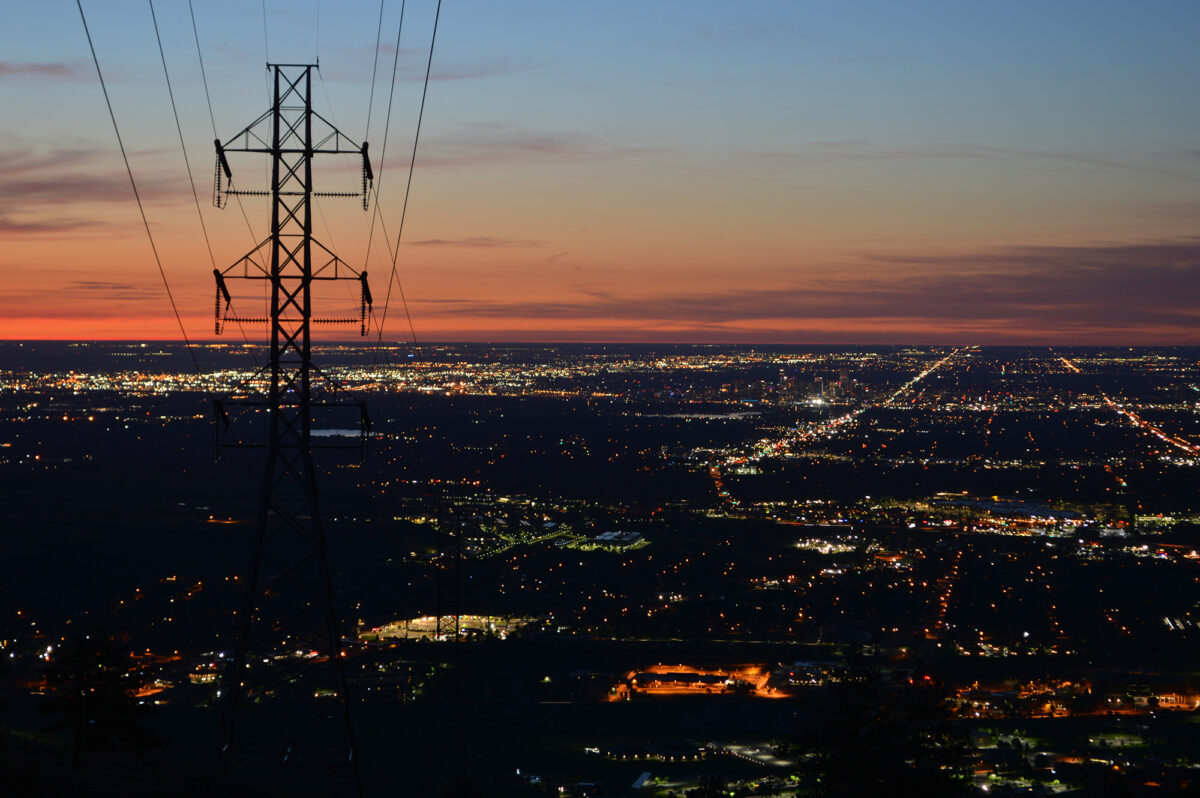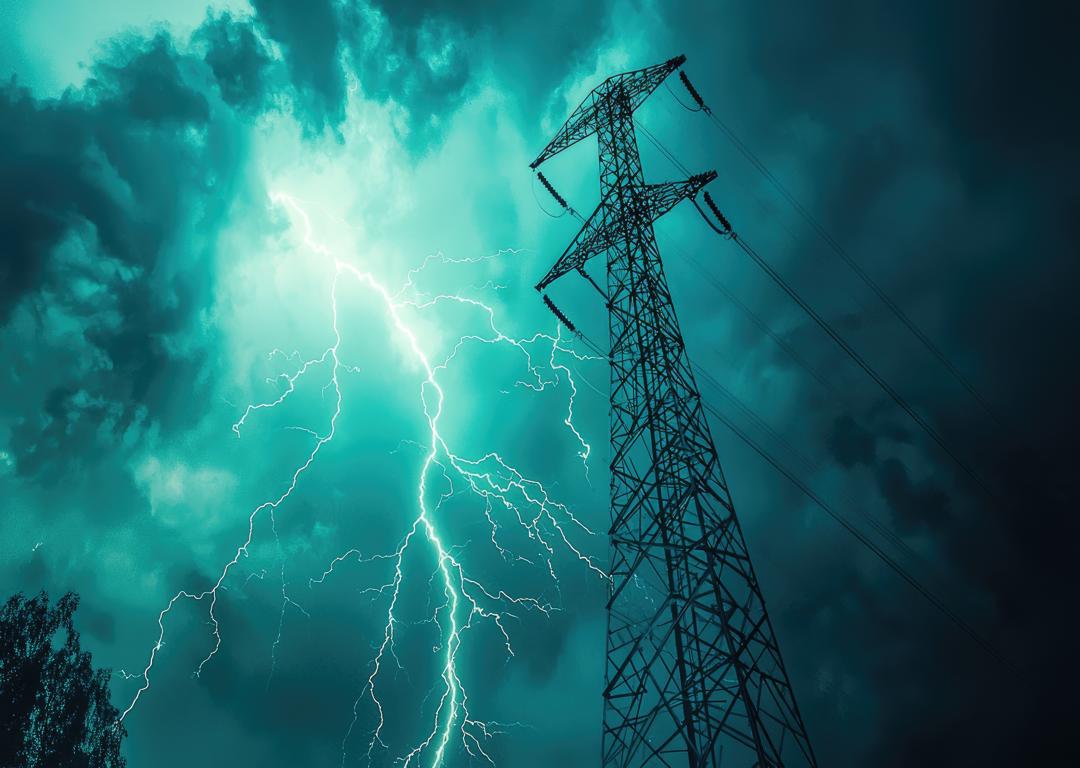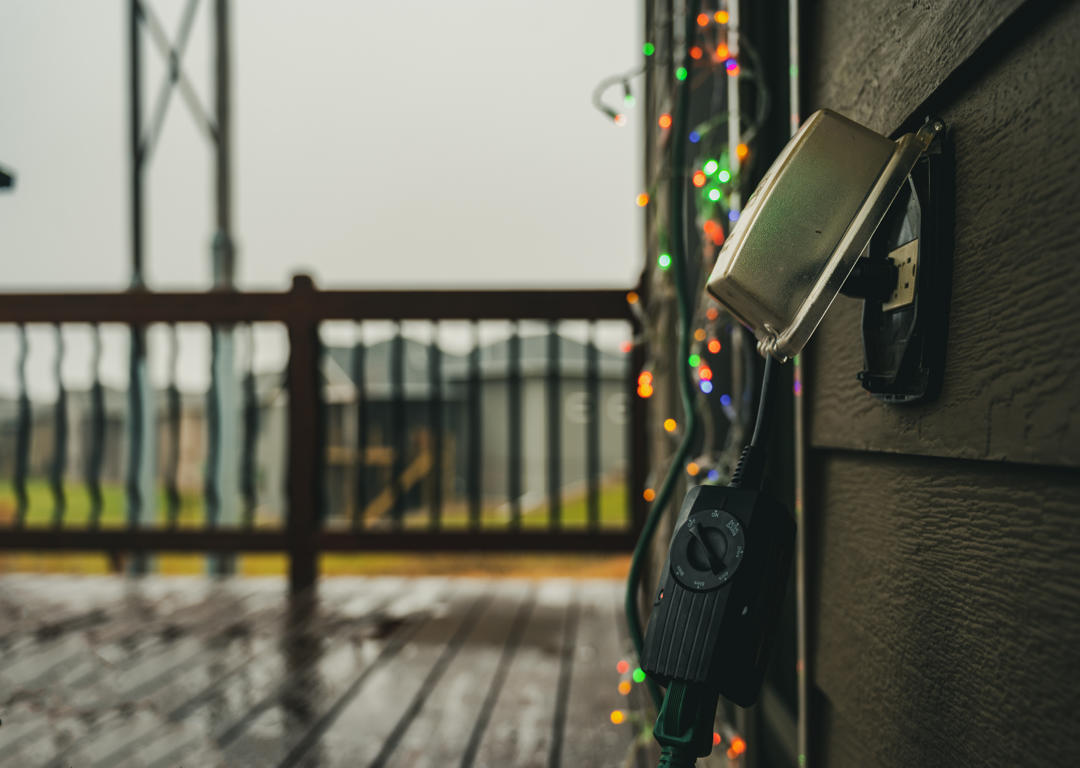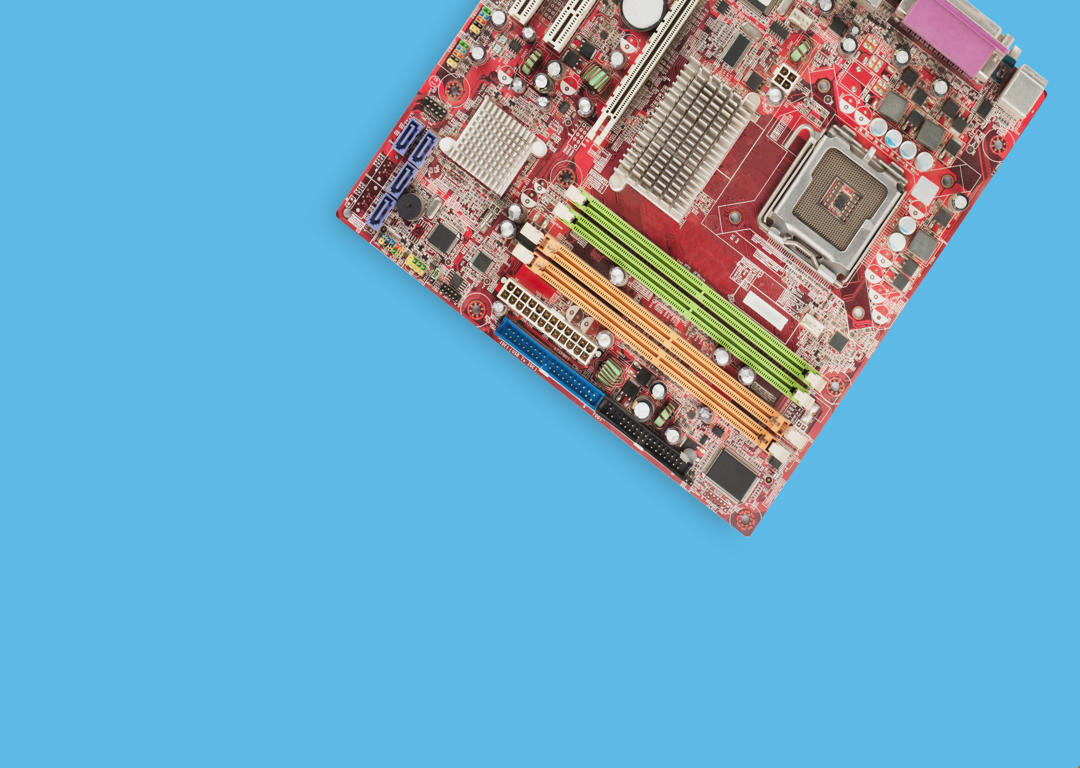
Transitioning to electric vehicles (EVs) has become a prominent discussion point in the United States. But one intriguing hypothetical question often arises: what if, hypothetically, everyone in the country decided to purchase an electric vehicle today? Would our power grid be able to handle it?
Check out our Denver Metro EV Charging Installation Services!
Understanding the Power Grid:
At its core, the power grid generates, transmits, and distributes electricity across homes and businesses. It’s a delicate balance of supply and demand. Any drastic or unforeseen changes to this balance, such as a sudden massive surge in electricity demand, could strain the system and lead to disruptions.
Implications of a Nationwide Shift to EVs:
- Immediate Surge in Demand: EVs, when charging, draw electricity. If every household in the U.S. suddenly owned an EV, the cumulative demand on the grid would rise sharply. This doesn’t just involve households’ current electricity needs but adds to a new vehicle’s charging needs.
- Charging Patterns and Peak Loads: While not every EV would be charged simultaneously, the patterns could still result in peak loads during certain times, further challenging the grid.
- Infrastructure Strain: Many regions, like charging stations, might not have the immediate infrastructure to support a sudden influx of EVs. Additionally, specific areas with high concentrations of EVs might experience grid congestion.
Is the Grid Ready?
Given the current state of the U.S. power grid, an overnight, nationwide shift to EVs would be challenging. Here’s why:
- Aging Infrastructure: Parts of the U.S. grid have been in place for decades and need updates to handle existing demands. A sudden significant increase in electricity needs could exacerbate known issues.
- Energy Production: While the U.S. has diversified its energy sources over the years, a sudden spike in demand would require an even faster shift towards larger-scale renewable energy generation or other power sources.
- Distribution Concerns: In some areas, especially older urban centers, the local distribution infrastructure might be overwhelmed by the simultaneous charging of many EVs.
However, this scenario, while interesting to think about, is unlikely to occur overnight. Realistically, the transition to EVs is gradual, giving the U.S. time to upgrade infrastructure, develop smarter grids, and increase renewable energy capacities.
Interesting Power Grid Facts:
Here are some interesting facts about the United States power grid:
- The US power grid is one of the largest and most complex in the world, consisting of over 7,000 power plants, 160,000 miles of high-voltage transmission lines, and millions of miles of low-voltage distribution lines.
- The grid is divided into three major interconnections: the Eastern Interconnection, the Western Interconnection, and the Texas Interconnection. The Eastern and Western Interconnections are interconnected, but the Texas Interconnection is isolated.
- Various energy sources, including natural gas, coal, nuclear power, hydroelectric power, solar power, and wind power, power the US power grid.
- The grid is constantly evolving to meet the changing needs of consumers and businesses. New technologies, such as smart grids and renewable energy, are being integrated into the grid to improve efficiency and reliability.
Here are some additional interesting facts:
- The first power grid in the US was built in 1882 by Thomas Edison. It was located in lower Manhattan and powered 59 customers.
- The US power grid powers over 330 million people and businesses.
- The average American household uses about 11,000 kilowatt-hours (kWh) of electricity annually.
- The US power grid generates about 4.2 trillion kWh of electricity per year.
- The US power grid is highly reliable. In 2021, the average American customer experienced a power outage that lasted about 8 hours.
The US power grid is a critical part of our economy and society. It is important to understand how it works and how to keep it safe and reliable.
Frequently Asked Questions
Question: How will electric vehicles impact the power grid?
Answer: Electric vehicles (EVs) will significantly impact the power grid in the coming years. As more and more people switch to EVs, electricity demand will increase. This will put a strain on the grid, and require new infrastructure and investment to meet the demand.
Question: Can the power grid handle the increase in electricity demand from electric vehicles?
Answer: Whether or not the power grid can handle the increase in electricity demand from EVs depends on many factors, including the rate of EV adoption, the charging infrastructure that is deployed, and the availability of renewable energy sources.
However, the grid will need to be upgraded to meet the future demand for electricity from EVs. This will require new transmission lines, substations, and other infrastructure investment.
Question: How can we minimize the impact of electric vehicles on the power grid?
Answer: There are a number of ways to minimize the impact of EVs on the power grid. Some of these include:
- Smart charging: Smart charging technologies can be used to distribute charging loads more evenly over time and to avoid charging during peak demand periods.
- Vehicle-to-grid (V2G): V2G technology allows EVs to store and return electricity to the grid during periods of peak demand. This can help to reduce the strain on the grid and balance the supply and demand of electricity.
- Renewable energy: Increasing the use of renewable energy sources, such as solar and wind power, can help to meet the growing demand for electricity from EVs without increasing greenhouse gas emissions.
Question: What are the benefits of using electric vehicles for the power grid?
Answer: EVs can have various benefits for the power grid, including:
- Reduced reliance on fossil fuels: EVs can help reduce our dependence on fossil fuels, such as coal and natural gas, used to generate electricity for conventional vehicles.
- Improved air quality: EVs do not produce tailpipe emissions, which can help to improve air quality and reduce public health problems.
- Increased flexibility: EVs can be used to store and return electricity to the grid, which can help improve the grid’s flexibility and reliability.






